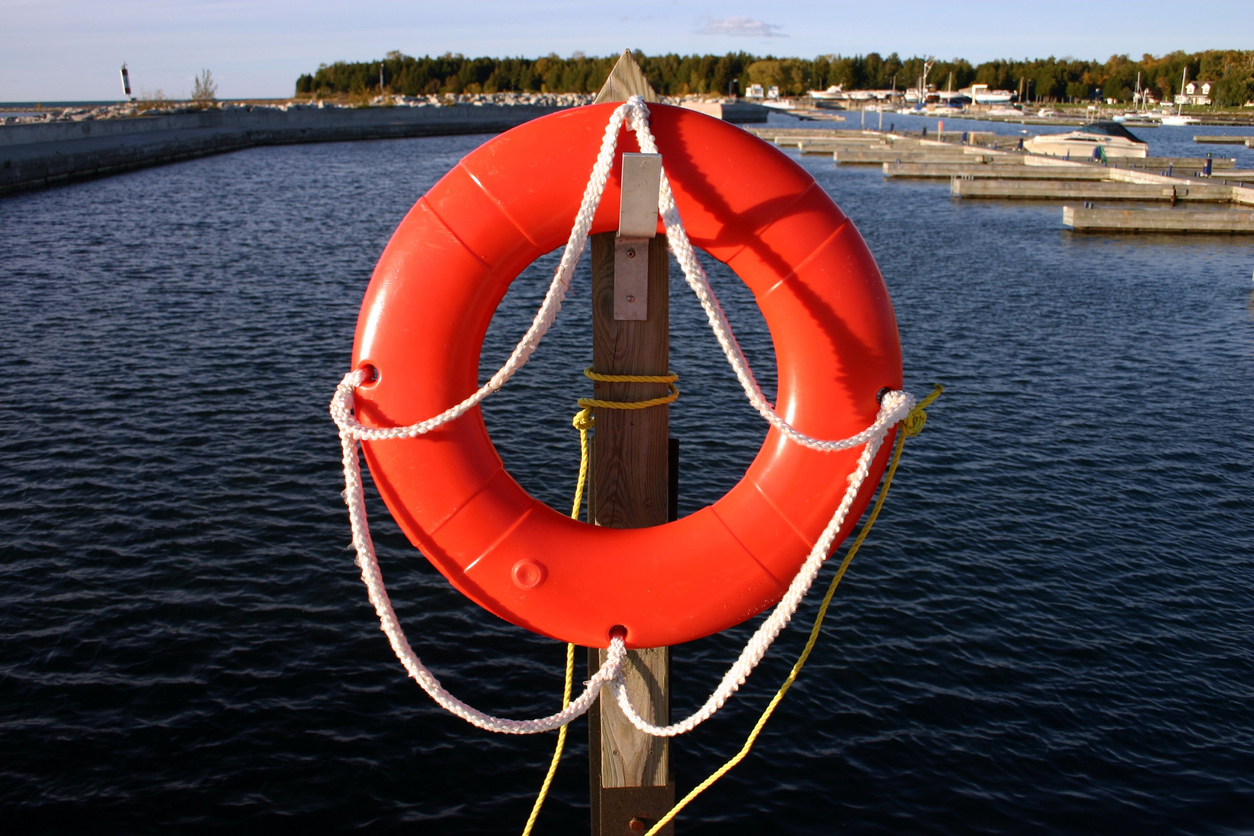You may need some time to read this recently published guidance entitled, Safety Considerations for Container Labels and Carton Labeling Design to Minimize Medication Errors (here), as it is 41 pages long. There is lots of good information contained in the document and, while it may contain most of what you know about labeling requirements, the focus on reducing medication errors is brought to the forefront in one consolidated place.
The guidance applies to:
- Prescription drug products marketed under an approved new drug application or abbreviated new drug application
- Prescription drugs marketed without an approved application
- Biological products marketed under an approved biologics license application.
One of the provisions of the reauthorization of the Prescription Drug User Fee Act of 2007 provided for the requirement for the FDA to review its labeling practices to help reduce medications errors and holding a public hearing on the issue. This was spurred by a report from the Institute of Medicine that outlined actions that could be taken by the Agency to mitigate certain medication errors. The public workshop was held in June of 2010 and public comments were solicited from the meeting and the docket. FDA notes that “[T]his guidance presents FDA’s recommendations and conclusions after having reviewed this public input and considered information learned through postmarketing medication errors over the ensuing years.” The fact that this document comes 12 years after the public meeting is a bit puzzling (and slightly concerning), but here it is in black and white!
The advice provided in the guidance covers everything from look-alike package design to proper strength designations, use of tall man lettering, to proper labeling of infusions with hangers. You name it, it’s in this document. Following the recommendations in this drug safety guidance will not only assist in the reduction of medication errors by patients, pharmacists and other health care providers, but applying its principles fully may even save you from litigation by making your label “bulletproof” from a safety standpoint.




